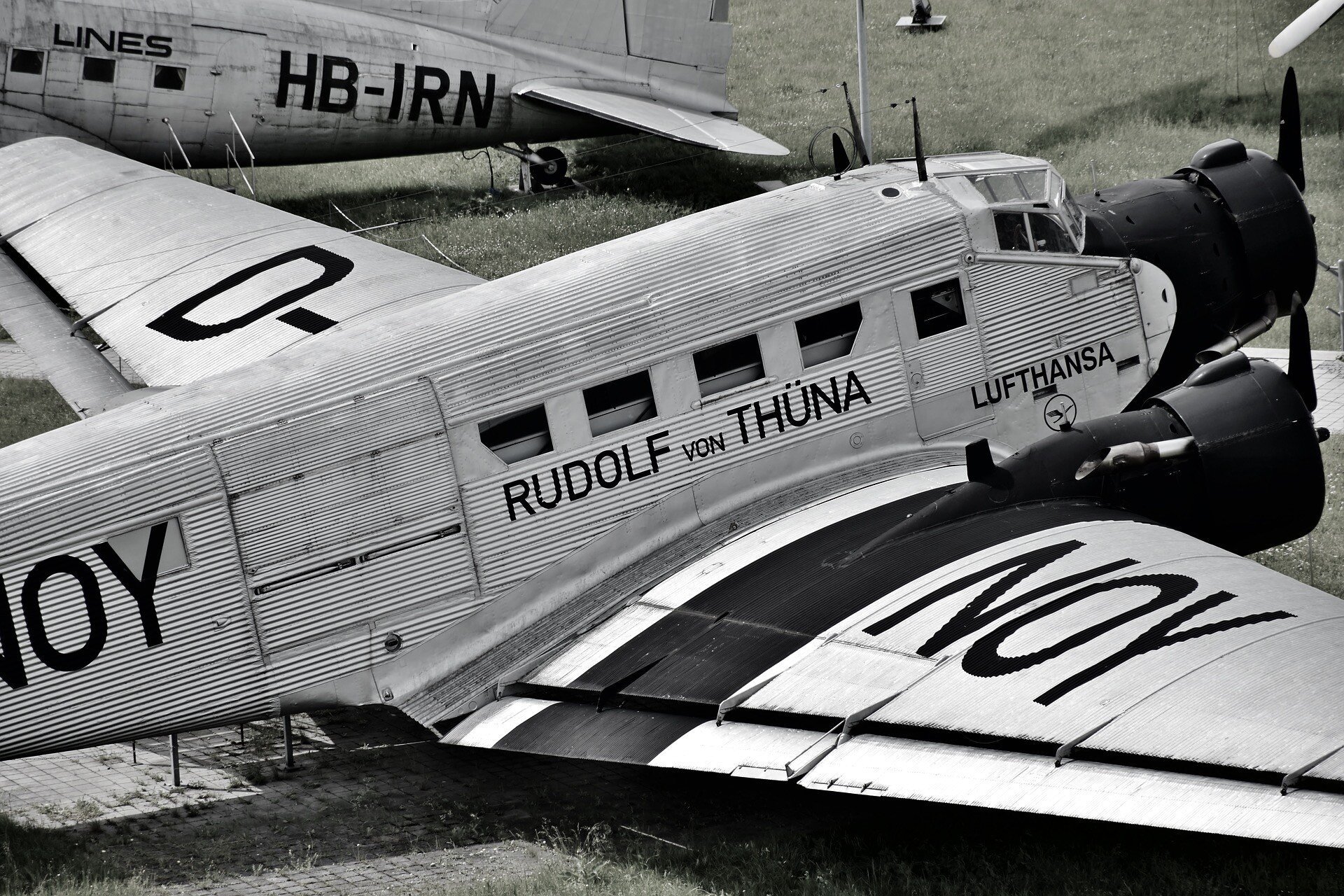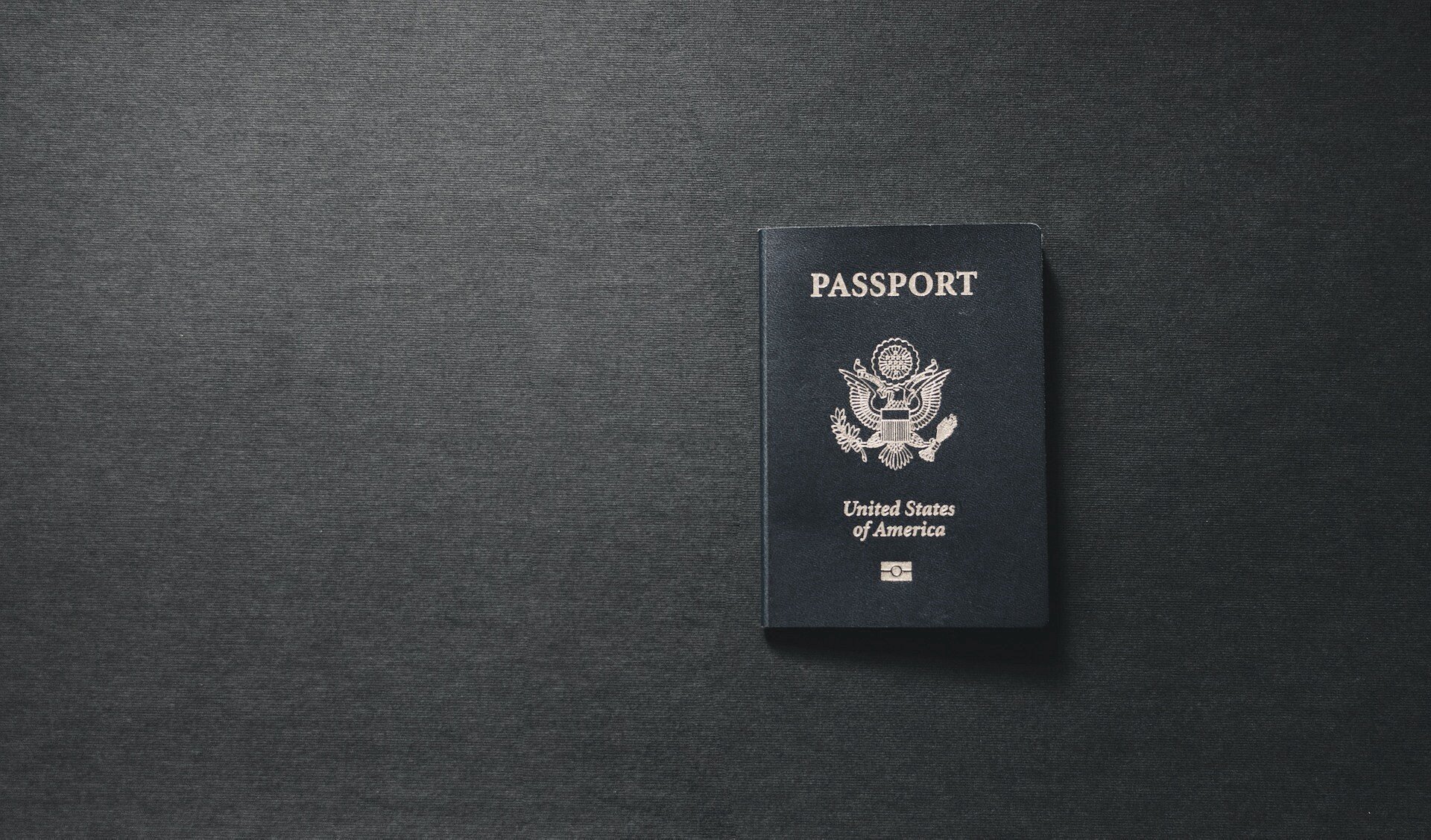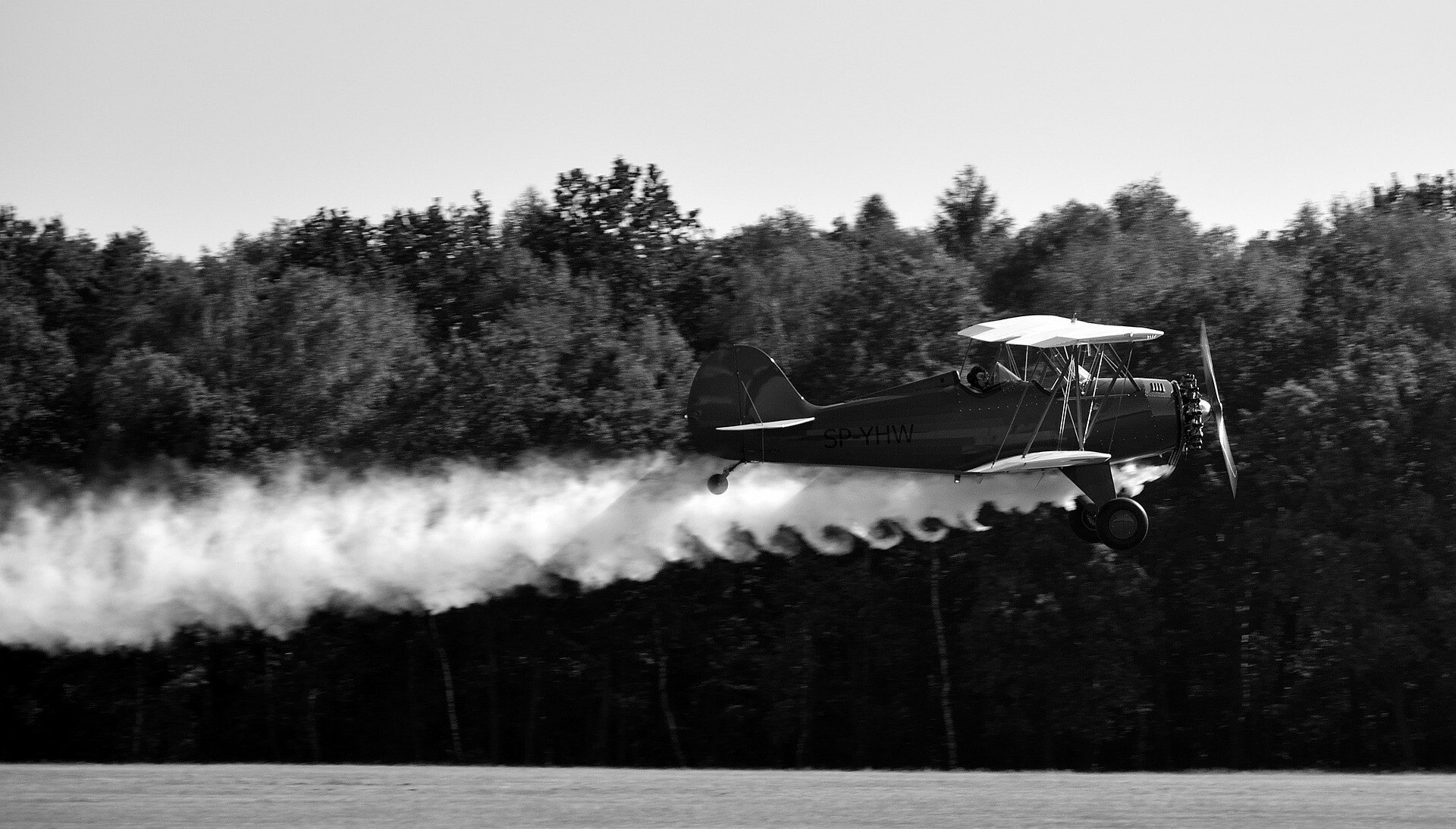Journey Log
Summary
Updated: 4/27/2025 Read time: 5 min
Aircraft engaged in international air navigation need a journey log.
Get a customized and free Journey Log here.
Details
Journey Log
What is a journey log, and why have I never heard of it?
We have reviewed some basic pilot and aircraft documentation and specific international information. Now, we need to back up and examine the world of international regulations more thoroughly.
Flying in the US, the FAA is the ultimate authority, but they do not operate in isolation from the rest of the world. There is an organization the FAA “answers” to.
ICAO
The International Civil Aviation Organization (ICAO) was formed during WWII. 55 States came together at the Chicago Convention and created ICAO to harmonize aviation regulations around the world.
These states met in November and December 1944, a turbulent time in planning for the future of worldwide aviation operations. While WW2 was nearing its end, it was by no means over. December 1944 also saw the Battle of the Bulge, with 190,000 total casualties. Some delegate countries were still occupied by Axis forces when they met. Within that context, they laid the framework for today.
The organization was and is “to help states achieve the highest possible degree of uniformity in civil aviation regulations, standards, procedures, and organization.” ICAO is now a UN-specialized agency (although still independent) made up of 193 states. It is very important to note that they are not a regulator!
This is where it can get confusing. ICAO writes all these regulations with no teeth, and then it is up to the 193 states to implement them (or not). If a state chooses not to adopt a standard, it must publish how it will do things differently.
Additional confusion: countries will reference an ICAO regulation as their regulation. So, when flying internationally, you need to know and apply the ICAO “regulations” and then overlay them with regulations for every country you operate. Sometimes, they align. Other times converge.
Annex 6
We will discuss ICAO Documents and country-specific Aeronautical Information Publications later. For now, it is important to know that ICAO has a document called Annex 6—Operation of Aircraft that specifies a Journey Log requirement for aircraft engaged in international operations.
Within Annex 6, there are three parts for different kinds of operations:
Part 1 – International Commercial Air Transport
Part 2 – International General Aviation – Airplanes.
Part 3 – International General Aviation – Helicopters
Within Part 2, there are 3 Sections:
Section 1 – Commercial Operations
Section 2 – International GA airplanes.
Section 3 – Additional requirements to Section 2 applicable to:
Large airplanes (over 5700 kg or 12500 lbs)
Turbojet airplanes
Corporate aviation operations
Corporate aviation operations are defined as “non-commercial operation or use of aircraft by a company for the carriage of passengers or goods as an aid to the conduct of company business, flown by professional pilot(s) employed to fly the aircraft.” However, a recommendation in Section 3 further defines corporate aviation operations as an operation involving three or more aircraft.
The ICAO documents are available for purchase, or you can access them for free on the ICAO E-Library.
Back to the Journey Log
For our purposes, the journey log requirement remains the same for Section 2 and 3 operations. Reference Annex 6 Part 2 Section 2 Chapter 2.4.2.2.d.6.
Wow. If you glazed over that reference, ICAO also requires it in Chapter 2.8.2.
The specific language is, “A journey log book shall be maintained for every airplane engaged in international air aviation in which shall be entered particulars of the airplane, its crew, and each journey.” 2.8.2
It is recommended the log contain the following:
Airplane nationality and registration
Date
Crew member names and duty assignments
Depart and arrival points and times
Purpose of flight
Observations regarding the flight
Signature of the pilot-in-command
The above is also an eye-opening introduction to the complexity you unknowingly took on by flying internationally.
Aviate
If you made it this far, you probably want a journey log. Make one here.
Navigate
Article 3 of 22 on your international operations journey. Eject at any time to land at international articles.






